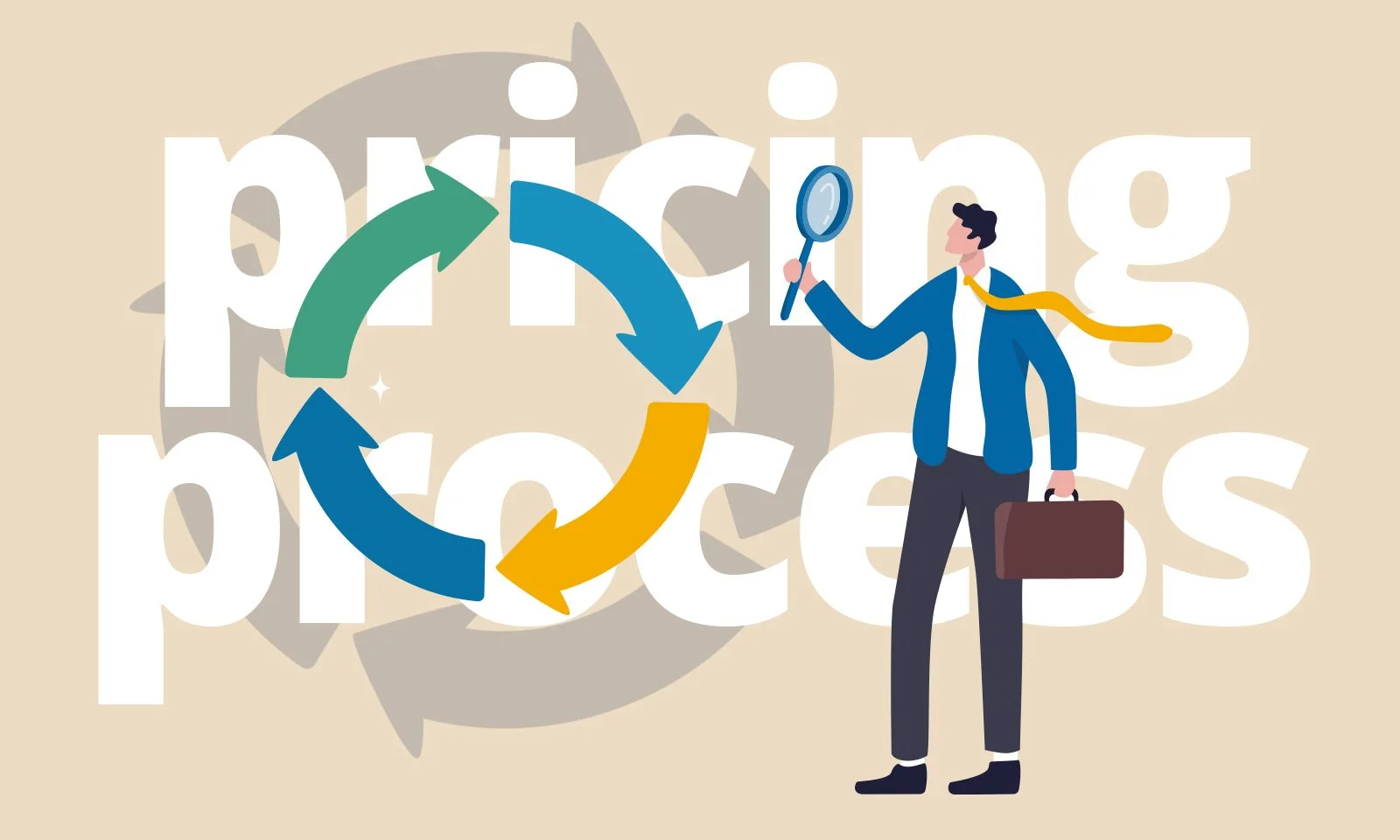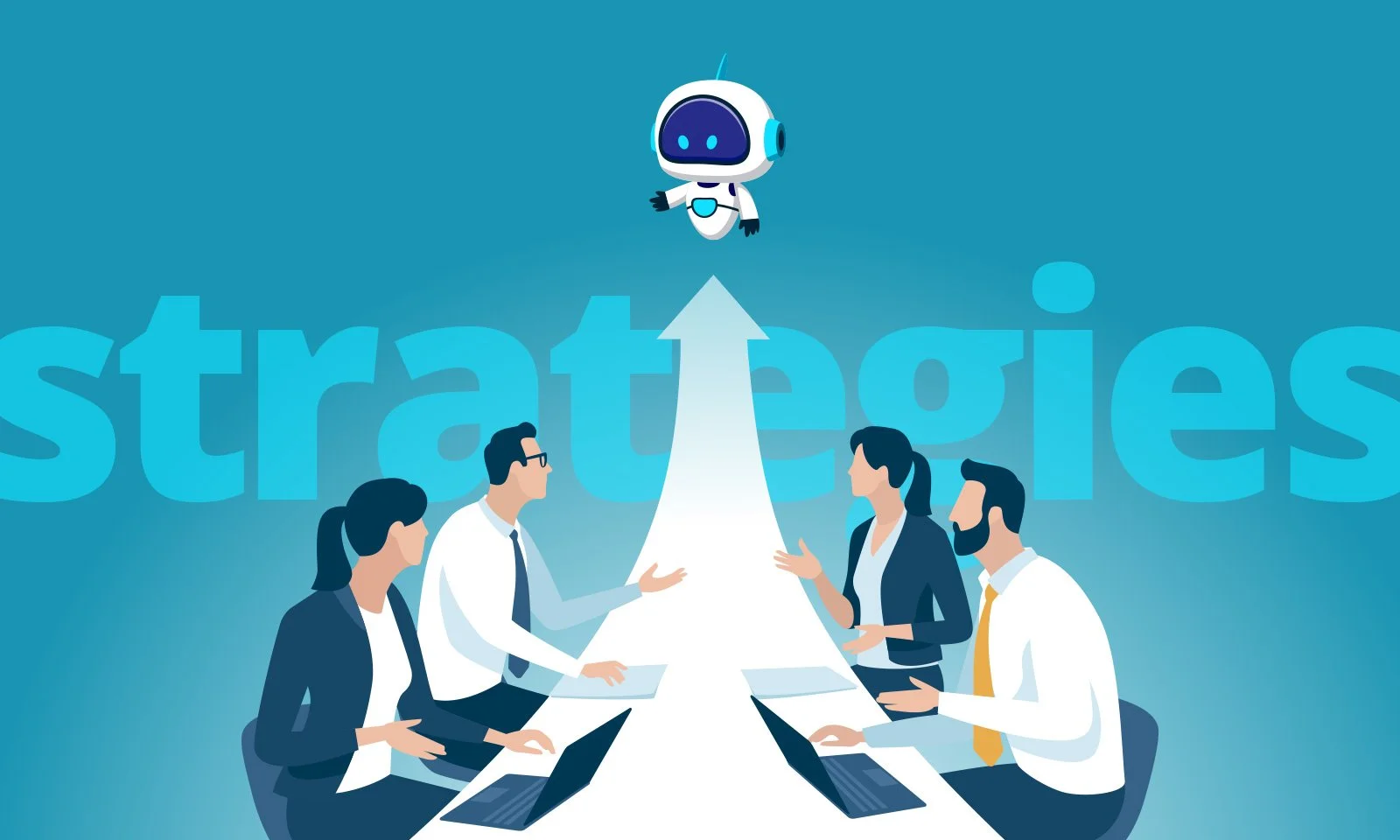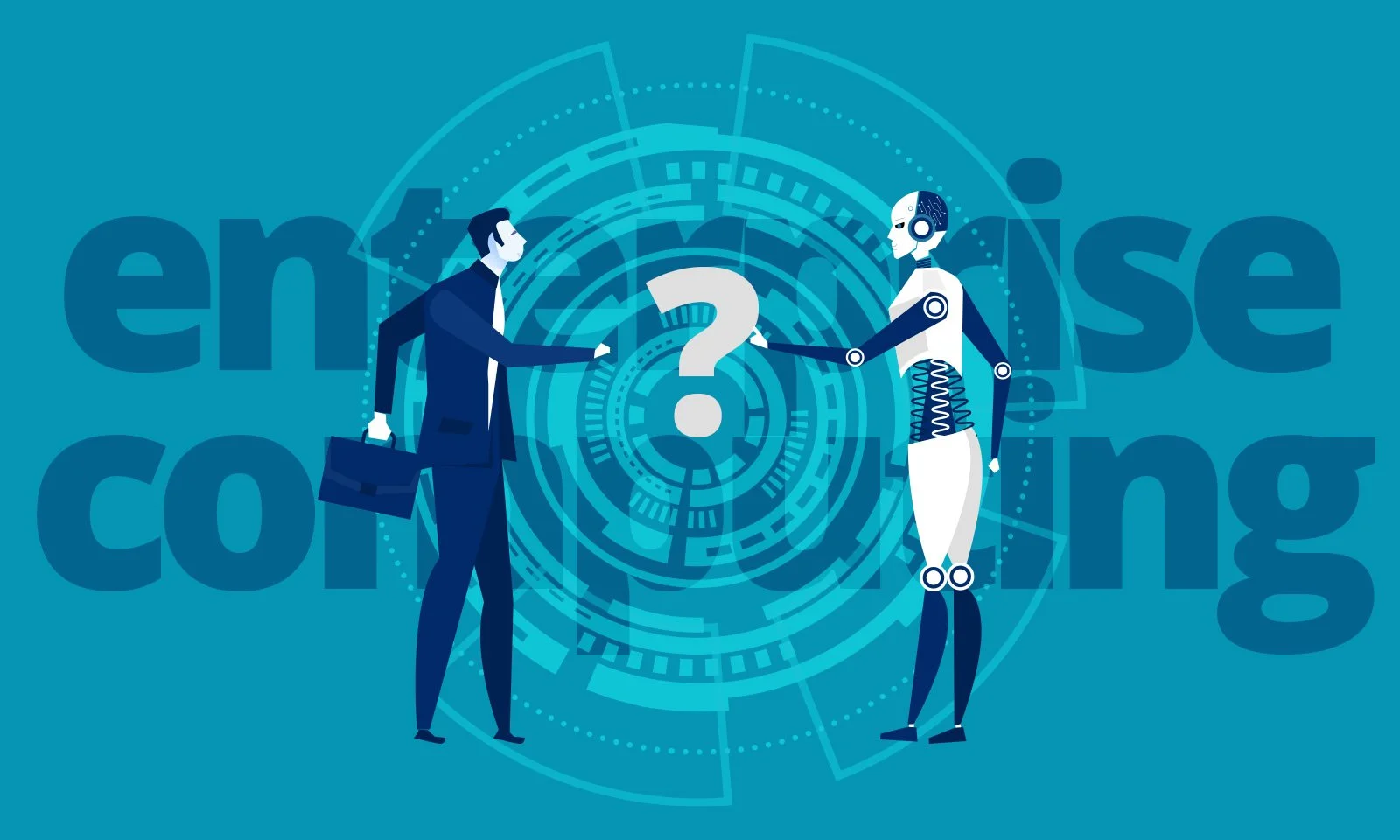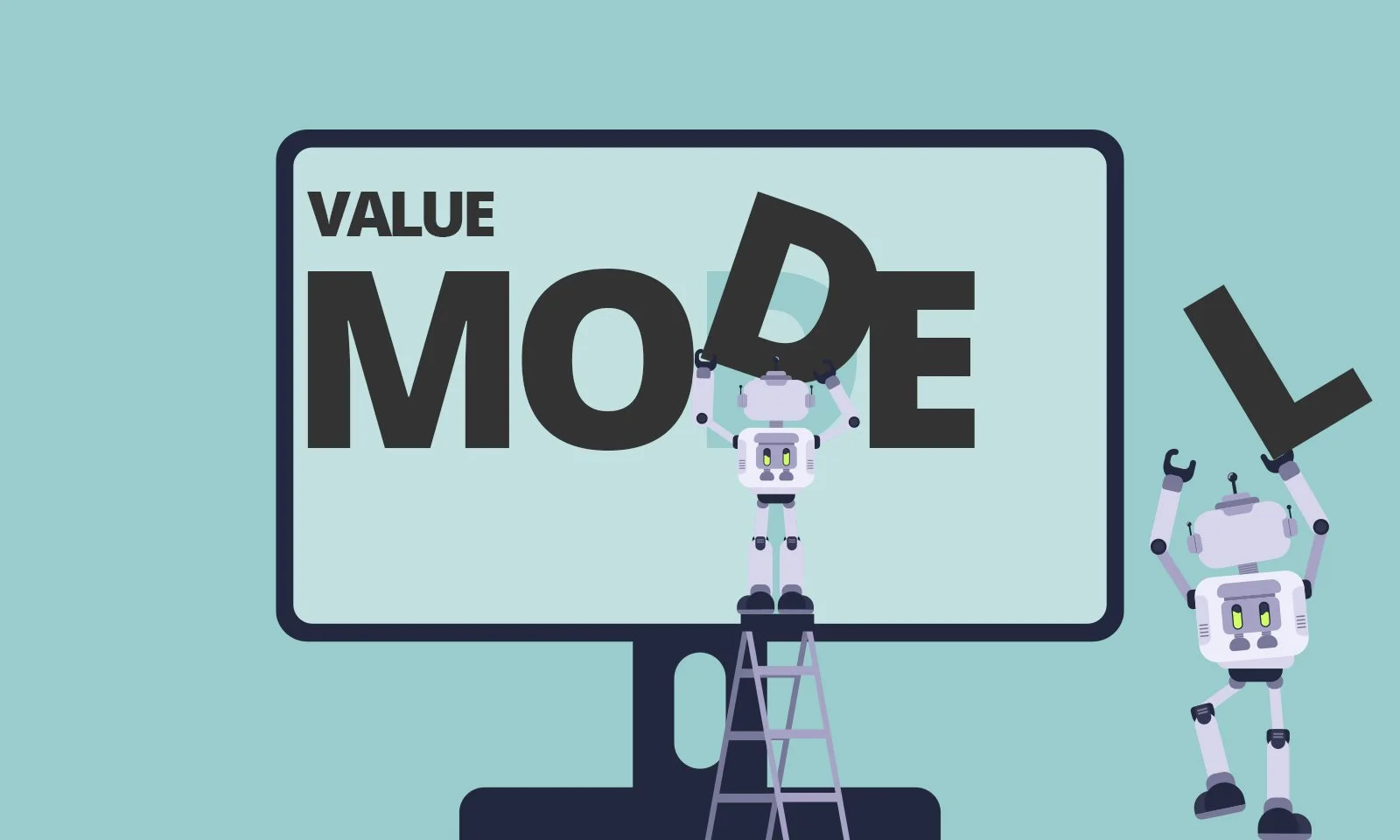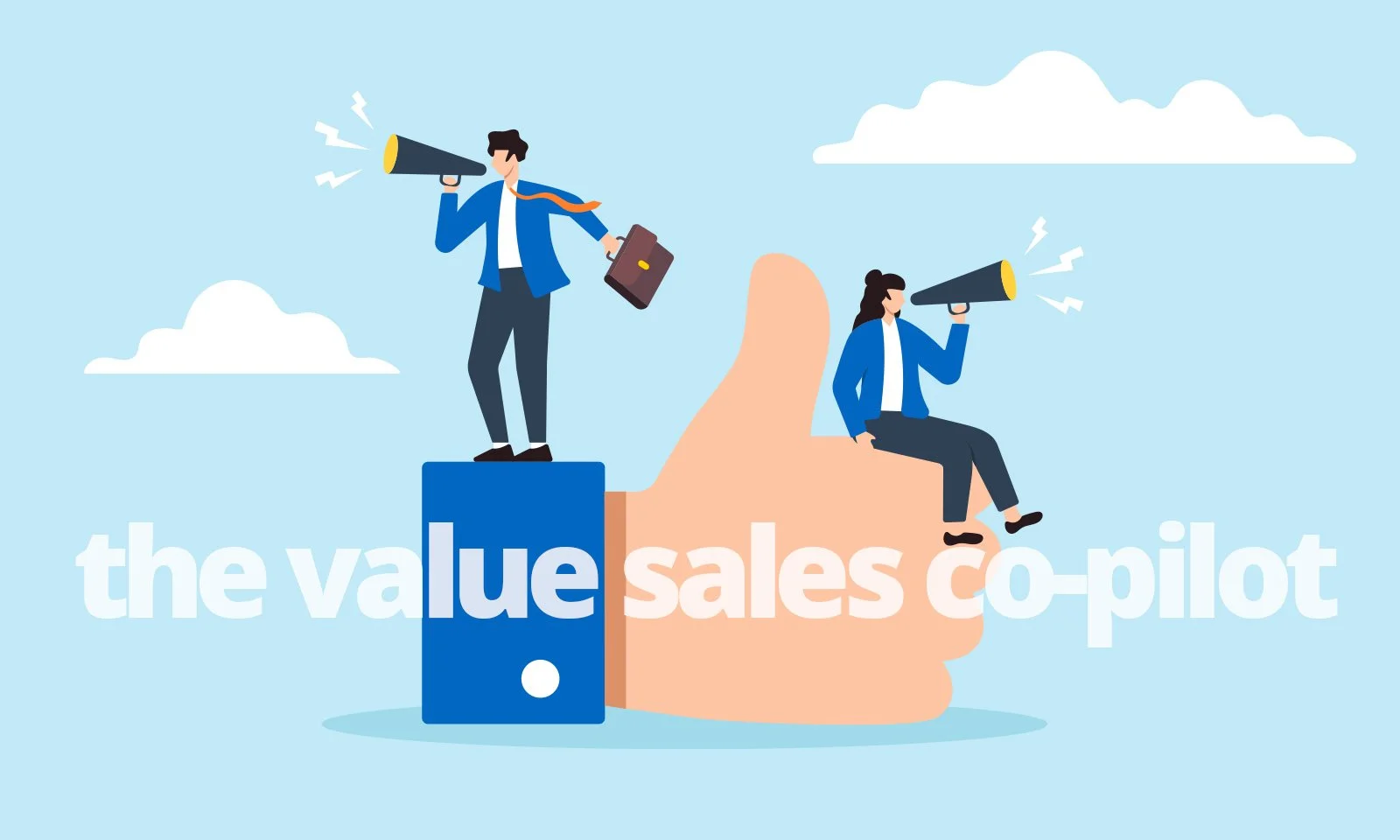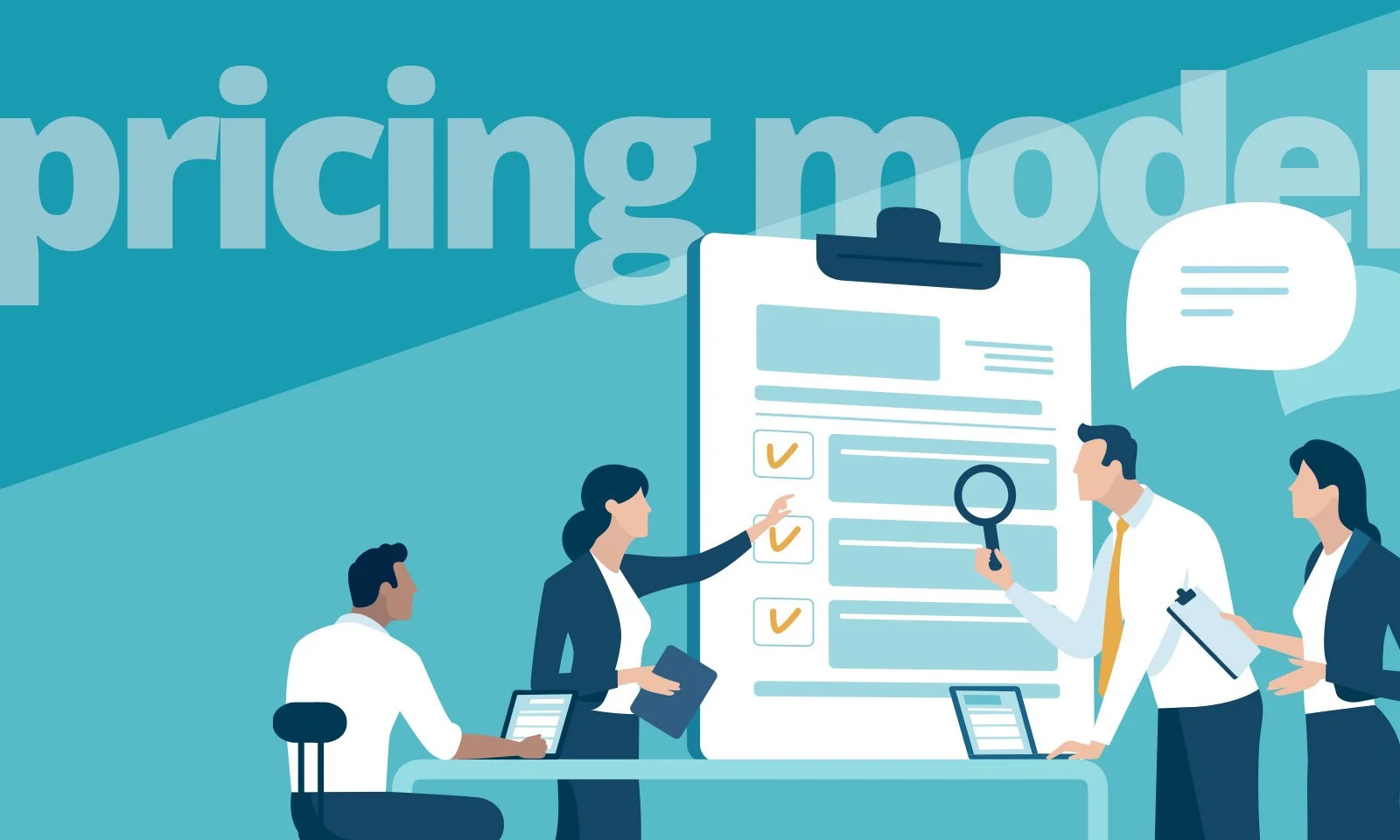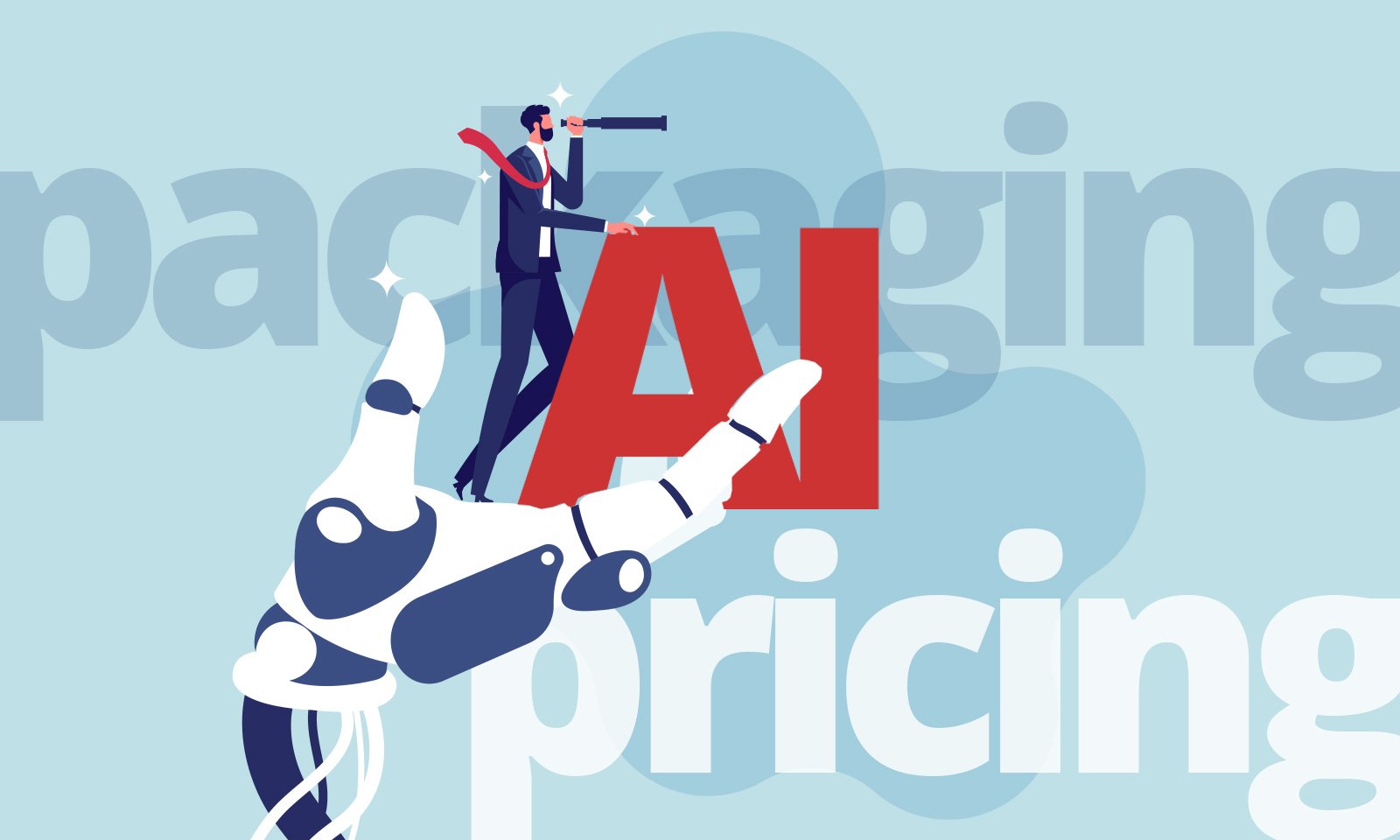THE VALUE & PRICING BLOG
The latest stories, blog articles, and pricing news from the Ibbaka team
Agent strategies in billing and subscription software
Billing and subscription management software is where pricing strategy and pricing model design are executed. It is critical functionality for the pricing and monetization of AI agents? But in general this category has been slow to adopt the agent paradigm itself. Stripe Billing has made important moves in enabling customers to build agents. Paid has a disruptive solution that is starting to get some traction. But the category lags on pricing transparency and the adoption of credit-based pricing.
Your pricing process should be a pricing cycle
Pricing is not a once and done thing. It is not even a process. It is a cycle. Every pricing action leads to a response from competitors and customers. Market conditions change. Pricing excellence comes from treating pricing as a cycle that begins and ends with value creation. The axel of the cycle is a deep understanding of value.
Agent strategies at the major pricing software vendors
Agents are popping up all over as we shift from a subscription economy to an agent first economy. One example is the pricing software sector (PROS, Pricefx, Vendavo, Zilliant) where PROS and Pricefx are leading the drive to agents. Let’s compare the agent strategies of these four companies, see where there are overlaps and differentiation, and where there are gaps that innovators could drive through. How are (will) these agents be priced?
Comparing vibe coding pricing models
Vibe coding is transforming how everything from websites, to internal applications to agents and even enterprise software is developed.
There are many options available for vibe coding, but how are these priced and what does that tell us about the value and strategy of these companies?
Ibbaka has used its own vibe coded agents to help answer this question.
Agents: add-ons or a new layer for enterprise computing?
There are two different visions emerging for the role agents will play in B2B software. One view is that agents will be add ons to larger standard enterprise applications. The other view is that agents will become the main point of interaction and value creation. Both have quite different implications for pricing. We polled our LinkedIn communities to get additional insights into this. Of course there are multiple possible futures here and all may emerge in different B2B software sectors.
How agents are changing pricing
There has been a lot of discussion of how to price AI agents. But the busines senvironment is changing and the question has changed. Business leaders are now asking how agents are changing pricing. The rapid emergence of an AI driven agent economy is changing how we think about pricing of all B2B software and is leaking into many other conversations. This post explores these critical questions.
Framing and anchoring effects for pricing of pro level AI agents
OpenAI has been the defining company of the AI era and this applies to pricing as well. OpenAI has provided anchor points of $20 per month for basic generative AI and $200 per month for more advanced solutions. They have also signaled that price will increase exponentially as models get smarter. Other companies have followed suit. How does this frame pricing for AI app and agent companies? Can you price higher than OpenAI? What is needed to achieve premium pricing?
Will vibe coding applications do their own pricing and packaging?
Vibe coding is rewiring innovation. One can now quickly code applications using prompts and get usable code. This requires a lot of thought, but it is different from the thought that goes into writing code or doing UI design. These vibe coded applications and agents are also able to propose their own packaging and pricing. Today they do a bad job at this, even when the person doing the prompting knows a lot about packaging and pricing. But this will change. In the near future, will applications package and price themself?
AI advances with benchmarking - value models are the key to benchmarking business agents
AI advances through benchmarking. The major LLMs are systematically benchmarked as they are released and compete to appear at the top of the leaderboard. When developing FinAI Intercom fought hard to improve on its own benchmarking. Is there a general approach we can take to benchmarking AI agents for business? Will value models become the standard frame for benchmarking AI agents?
Agents everywhere, but what kinds, and how to price them
Agents are popping up everywhere. Vibe coding and good tooling have made it easy to develop agents. Users and buyers are looking for simple solutions that leverage AI. Agents are the result. There are two broad trends: net new agents and agents built to access functionality and data in existing apps. How do pricing approaches differ in these two cases?
The team as a frame for agent packaging and pricing
One emerging strategy for designing and pricing a family of agents is the team. Agents are being designed as complements or replacements for well established functional teams. An example of this in the data space is Brighthive. They have designed their agents to reflect well established roles on a data team.
Why a value sales co-pilot needs a value model
Sales co-pilots like valueIQ.ai need value models in order to give the concrete insights into value that sellers want and that buyers need in order to make the best buying decisions. Doing this requires generative AI powered value model generation. vaueIQ.ai achieves this using the Ibbaka value model generation agent. This transforms how value models are used.
Get ready for valueIQ - The Value Sales Co-Pilot
The main barrier to adopting value based pricing and sales is that sales people are not supported. Sales people need to be able to understand and easily communicate value in a way that the buyer will accept. They need a value coach. Ibbaka is going to be providing that value coach, we call it valueIQ, later this year and are now accepting sign ups for the beta program. Sign up now to get early access.
How to assess your pricing model
Many companies are considering revising their pricing model given the rapid changes in the economy, technology advances and the emergence of agents a packaging pattern. Ibbaka has been working with Michael Mansard on a framework for pricing model assessment. We assess from the perspective of the vendor and the buyer. Intercom’s popular FinAI agent is used as an example.
Changing patterns in AI packaging and pricing: Intercom, Adobe, Gainsight
Over the past three months there has been a sea change in packaging and pricing for AI. The biggest change has been the rise of agents. But there has also been a shift to making AI the default. We can see that in recent moves by some of the world’s leading software companies: Intercom, Adobe and Gong.
Category Value Report: Revenue Intelligence Platforms
Ibbaka uses its value model generation AI to get a holistic view of how value is created in a category. Our third category value report focuses on Revenue Intelligence Platforms. These reports help buyers choose the solution right for them, users to adopt best practices, and vendors to understand their positioning and where to invest.
Your customers will be building their own agents for your platform - how will you price this?
An emergent pattern in the agent economy is for companies to provide their customers with the ability to build custom agents that sit on their platforms and help the customer get more value. These are often called User Built Agents. How is value created for customers with this new functionality? How will it be priced? Ibbaka used it value model generation AI to explore these critical questions.
Prompts to read Value Pricing and Billing for the agent economy
On April 24 Ibbaka published some important research on pricing and billing in the agent economy. This is the first in depth report on the emergent Agent Economy. Agents are becoming one of the primary ways that generative AI functionality is being brought to market. The report is rather long, more than 80 pages, and in today’s high paced world not everyone will want to invest the time to read in depth We get that. Here are a series of prompts, and responses from Perplexity, that give different entry points into the report.
A concept blend of Jobs to be Done and pricing of AI Agents
Pricing of agents is a hot topic in business circles. As we move to an agent economy how will pricing change? We explore this question by using the concept blending technique to create concept blends of Jobs to be Done and B2B SaaS and then Jobs to Be Done and Agent AI in the context of pricing. We then compare the two.
How to price AI agents
Pricing AI Agents is a critical challenge for pricing and innovation in 2025. Two approaches have emerged so far, the Ibbaka Agent Pricing Layer Cake and the Growth Unhinged Agent Pricing Matrix. Let’s look at how these work and how they can be used to price AI agents. As credit based pricing is becoming common for AI agents the two approaches are combined to address this.
Never miss an update
Subscribe to the Value & Pricing Newsletter to get insights that help you supercharge your growth.


